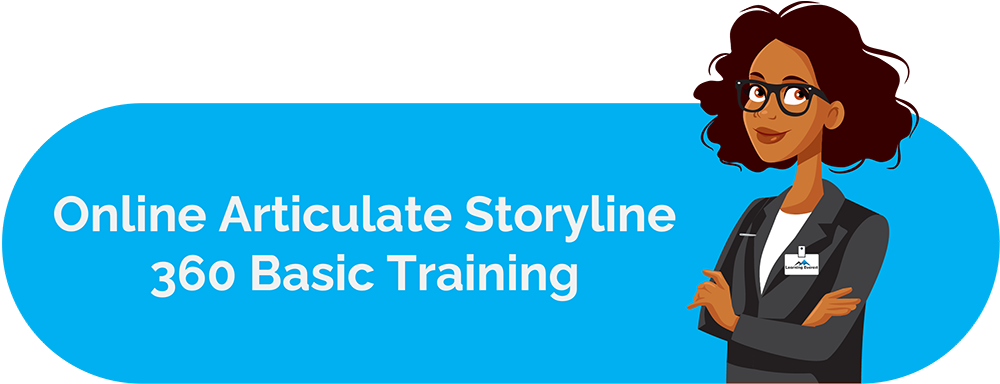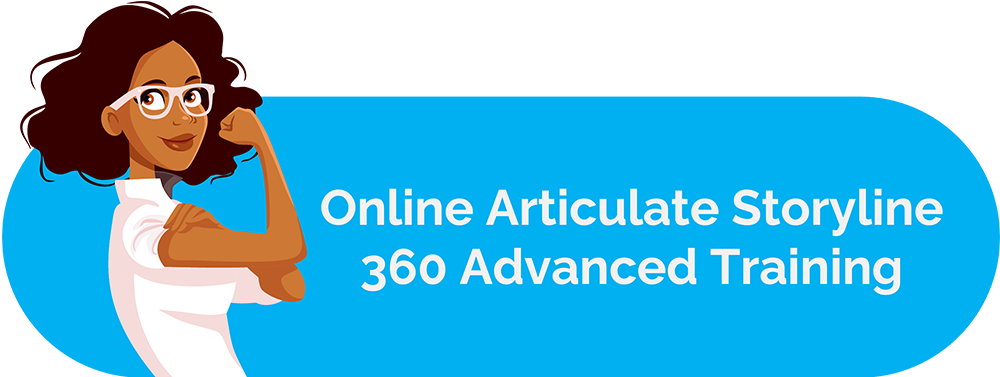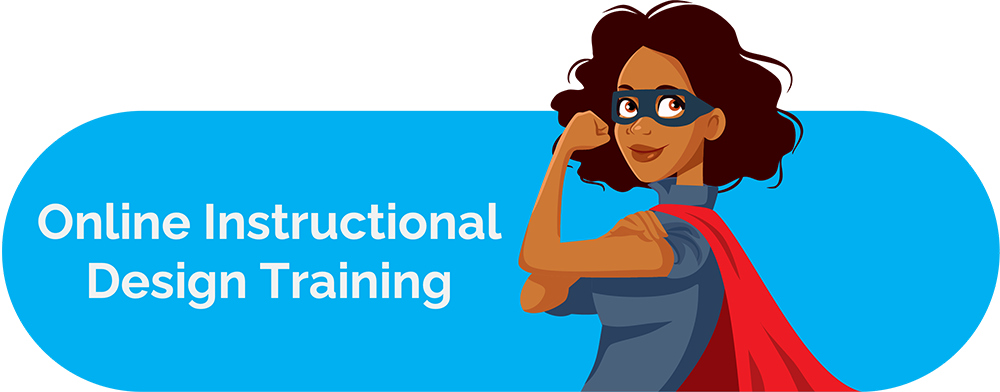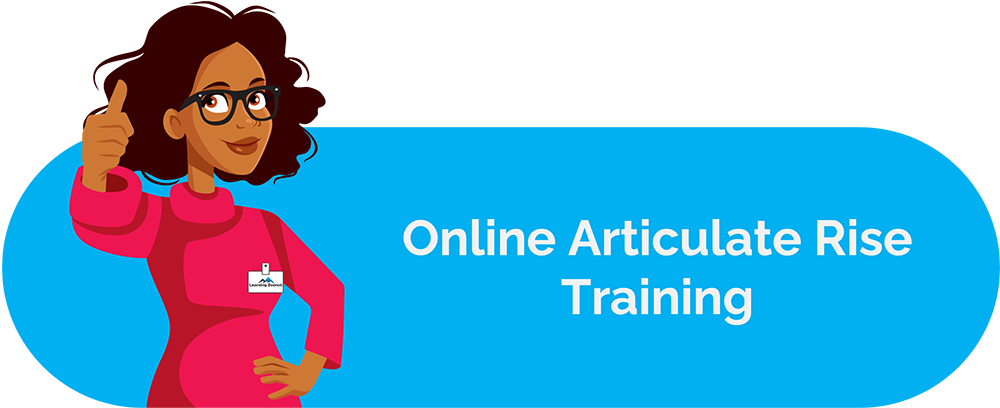This “A 10 Step Guide On How To Conduct TNA” is an attempt to walk you through the training needs analysis process and how to conduct a TNA. So, let’s begin with:
Table of Contents
What are training needs?
While conducting training, the supervisor must have a concrete idea of the lessons they wish to address and teach their trainees. However, before doing so, they must also gather the resources required to conduct the training.
It could be anything from a simple presentation to full software. Therefore, the assets required to oversee a complete training session are known as training needs.
What is TNA?
No matter what kind of training program you’re planning, every training needs analysis examples to set the groundwork for the entire course.
Training Need Analysis (TNA) is the method of identifying the appropriate training required within each sector of your organization. It is the process of recognizing the parts of your organization where training is needed and addressing them one by one is a systematic, constructive, and documented manner.
So, what are the objectives of Training Need Analysis?
- To identify and train the employees to be more efficient at their jobs.
- Determining the knowledge transfer process, maybe through a video demo or simple classes.
- Selecting competent personnel to oversee the training.
- Identifying training goals that will benefit the company’s profits.
- Estimating the overall cost of the training program.
How to conduct TNA?
A full training plan happens once a year. The paperwork involved in the process, combined with the lack of frequent training sessions, leads to headaches for the trainer and the manager alike. Learning needs analysis process to determine how well your employees can soak in the information that’s being made available to them.
With that in mind, here is “A 10 Step Guide On How To Conduct A TNA” to help you better manage the hurdles that are accompanied by such an endeavour.
10 Steps On How To Conduct A TNA
1. Set a context before conducting TNA
- It is a must when you’re conducting a training need analysis. The focus of the training will determine the scope and topics that need to be covered. Usually, the context of the analysis is always the business plan and its goals and objectives.
- The team of each department will have definite objectives, all pointing towards the betterment of the business as a whole. Therefore, it is vital to have a context as the whole program revolves around it.
- The best way to set a context is to focus on the growth and overall development of the company.
2. Identifying the necessary skills, knowledge, and attitude
- The second step of how to conduct TNA is to know that every job requires a set of skills that need good polish, knowledge that has to be restocked and updated with, and the most important of all attitude, which includes workplace etiquette.
- Skills vary from one job to another, each one requiring a different set of eloquence.
- You are looking into the course, don’t make the mistake of focusing wholly on the individual. Your goal should be to meet the objectives of the company. What you’re teaching during the training should have a direct impact on the development of the company.
- It is essential as you’re determining what and you’re going to teach your employees, thereby impacting your productivity in the long run. Too little, and you will incur losses. Too much and your employees might drop out, simply because they were not able to handle the information.
- Your new client is looking for someone well-versed in the MS-Office suite, creative and can execute presentations that are simple yet informative.
- In this case, training should include a detailed guide of the MS suite, primarily focusing on each of the applications (MS-Word, PowerPoint, Excel, etc.). The creative part has to be taught in a way that not only exhibits originality but also embodies the ideals of your company. If you’re a graphic design firm and your company motto is ‘Perfection.’ Then make sure to include the definition of perfection (according to your company) in the routine.
3. Zoom in on the individuals while conducting TNA
- That you’ve established the company goals and objectives, it’s time to focus on the employees.
- Term employees will have a track record of their past performance, and to create an effective training plan, a TNA Audit is necessary. You can do it by reviewing previous performance records or by talking to the managers of specific teams.
- An estimate of the capabilities of your employees will help you focus on TNA with greater accuracy and efficiency. If it weren’t for the audit, you might end up including too little to excess information, thereby wasting precious resources and time.
- If you’re a software development firm and the client has asked you to develop a custom application to track expenses.
- Notice that 5 out of 10 developers are quite adept while the rest are struggling with the new interface that you adopted at the beginning of the year. Hence when you are focusing on how to conduct TNA, you should focus on those employees and the working of the software.
4. Identify the gaps – a key objective of training need analysis
- The point lies adjacent to focusing on your staff. It is not uncommon for employees to not have a complete understanding of their work. Though that issue gets resolved as progress, you might want to keep track of those when assigning appraisals or structuring TNA in general.
- Which knowledge gaps to fill will make your training session much effective in grooming your staff.
5. Interacting with your staff is an essential step when conducting TNA
- It is always good to take inputs from critical stake holders to ensure that you have not missed out on anything important. So, it would be a good idea to interact with the team and ask them to provide useful information. This could help you create and a better training program or fine-tuning certain aspects.
- Employees spend a lot of time together, and their thoughts on what knowledge they lack will surely come in handy.
6. Conduct surveys
- They are a great way to gather information, and they are easy to set up. Create a list of questions you think are relevant to the job and release them to your employees. They save you a lot of time that’s better spent elsewhere and can accurately point you in the right direction.
- For example, for a program, you find out that 67% of the people voted for an explanation on a specific part of the workflow. Then, you can include a dedicated section in your training program that focuses on it with greater details. While you can glaze over the topics, your employees think they are comfortable with.
7. Suggest development programs
- There will be times when your employees won’t know what they don’t know. You have to have an idea of what their requirements could be. Suggest a few training modules and observe their responses. You’ll always have the final say, but their input on the matter can help a lot as well.
8. Improvement programs should be identified while conducting TNA
- An employee is willing to work an extra hour or so to improve their skill, allow them to do so. You can safely cross out the tasks from the training they can overcome by themselves and focus on those that need a better explanation.
9. Calculate ROI
- An important step in the process of how to conduct TNA is the calculation of ROI. Investing resources into the training program, so make sure that there is a reasonable return on that investment. Crunch the numbers to determine the overall cost associated with the training and how effective it will be in earning profits in the future.
10. Finalize the deal
- Information you’ve gathered in all the above processes come together in this step. This is where you implement all that you’ve learned. You also have to weigh the training and prioritize those that need immediate attention than those that can be saved for later.
Infographics
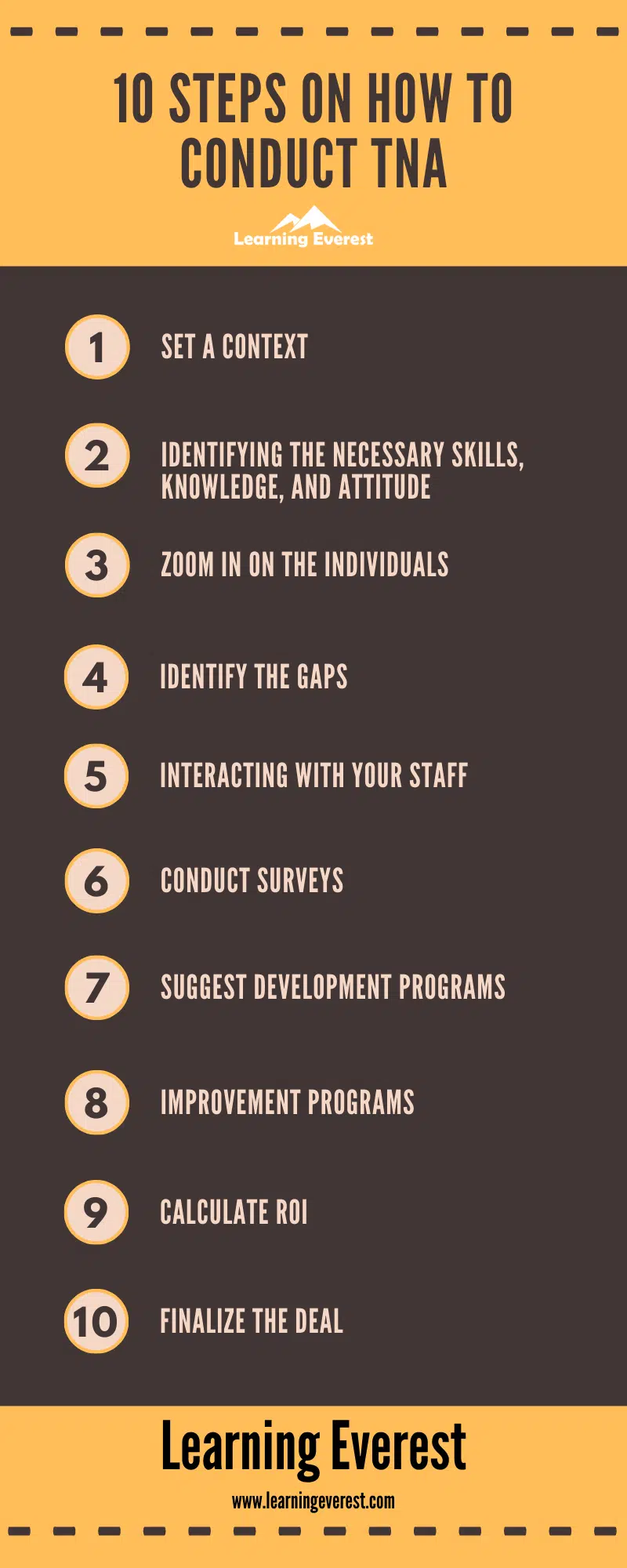
10 Steps On How To Conduct TNA
Training Needs Analysis is often underrated and overlooked. Many companies store a very tight budget for a yearly training session. This not only lowers productivity but also breeds mediocrity among the employees, leaving no room for competition and growth.
Yearly TNAs ensure that employees are kept up-to-date with the working of their industry while also providing them opportunities to achieve remarkable results in their line of work.
I am sure you would have gained some insights from this article. If you want Learning Everest to help you with the Training Needs Analysis for your team/organization, please do write to us and we will be glad to help you out. We offer learning consultancy that can help you take a deep dive into this topic.


